In terms of geographical and economic position, Quang Tri is located in two national development strategies: the East-West Economic Corridor and the Central Key Economic Zone, with the development pillars being the Southeast Quang Tri Economic Zone, the Lao Bao Special Economic and Trade Zone, and the two international border gates of Lao Bao and La Lay. In particular, there is Cua Viet port and My Thuy seaport, which are the gateways to the East Sea, an important connection point with the Pacific Ocean and the Indian Ocean, so linking the East and West regions is a strategic vision, creating great opportunities for Quang Tri to develop quickly and sustainably.

Cua Viet Port will be expanded and upgraded to become a transit point for goods of countries on the East-West Economic Corridor - Photo: HNK
Eastern region advantage
The East of Quang Tri province borders the East Sea with a 75 km long coastline, along the coast there are two large river mouths, Cua Tung and Cua Viet. The marine ecosystem is rich, with large fishing grounds, aquatic resources, and seafood of high economic value. The coast of Quang Tri has many beautiful beaches such as Cua Tung, Cua Viet, and My Thuy, which are favorable conditions for developing resort tourism.
In addition, Con Co Island has abundant potential for developing sea-island tourism. The discovery of gas fields in lots 112,113 about 130 km off the coast of Quang Tri is an opportunity to develop energy industries.
In particular, the establishment of the multi-industry Southeast Quang Tri Economic Zone is expected to be an economic breakthrough, forming a major center for agricultural, forestry and fishery processing industry, construction materials production, electricity, tourism, trade-services and seaports in the Central region.
Thereby, building the Southeast Quang Tri Economic Zone to become one of the trading centers of the ASEAN and Asia-Pacific regions, creating a driving force for socio-economic development, contributing to enhancing the position of Quang Tri province in the North Central region.
Currently, the My Thuy seaport project invested by My Thuy International Port Joint Stock Company (MTIP) with a total capital of VND 14,234 billion, implementation period of 50 years, after a period of interruption due to problems with site clearance (GPMB) and some related procedures, has restarted in the first quarter of 2024 and is expected to start construction at the end of March 2024.
This is the right time to implement when the technical infrastructure for the development of My Thuy seaport is gradually being completed. That is the connection of the region, the traffic infrastructure, the airport is invested synchronously to develop logistics. Therefore, the construction of My Thuy deep-water port is very important, opening the way to the East Sea, creating more economic growth poles for the province in the trend of global integration and development.
Cua Viet port currently has an area of 42,000m2, a 7,200m2 cargo yard, a capacity of 2 million tons of goods/year, the ability to receive ships with a tonnage of 1,000DWT, Cua Viet petroleum port warehouse with a land area of 11 hectares, a capacity of 45,000m3, a specialized petroleum import port of 40,000 DWT, receiving the largest ship of 50,000m3; Cua Viet petroleum wharf with a capacity of 1.5 million tons/year. The province has also approved a project to invest in building technical infrastructure, creating a space to expand Cua Viet port with a total investment of more than 80 billion VND to meet the demand for transiting goods through the port in the future.
The coastal area of the province has a particularly important position, favorable for socio-economic development, including the Southeast Quang Tri Economic Zone and the coastal service - tourism route. If the My Thuy area, Hai Lang district is planned to develop into a multi-industry complex economic zone, from industry, thermal power to logistics and seaport transportation, the Cua Viet area, Gio Linh district is oriented to develop into a tourism, cultural and social service center, a coastal resort urban area associated with the Southeast Quang Tri Economic Zone.
This is a development orientation that reflects the strategic vision in the overall development once Cua Viet is upgraded to a type IV urban area by 2050. In particular, Cua Viet is the end point of the East-West Economic Corridor and the Greater Mekong Subregion, the gateway to the East Sea, creating favorable conditions for economic development, linking with neighboring countries for mutual development. Therefore, the planning orientation to build the coastal area into a multi-sector economic focus as a driving force for socio-economic development is consistent with the reality and development requirements in the future.
“ Open” the West
La Lay International Border Gate is conveniently located for the development of international relations, trade and services, and is the gateway connecting the central provinces of Vietnam with the southern provinces of Laos and northeastern Thailand. In recent years, the volume of goods and passengers passing through the border gate has increased sharply. In 2023, the total two-way turnover reached more than 261 million USD, the state budget revenue reached 575 billion VND, of which the revenue from coal imports reached more than 500 billion VND.
In the near future, when the route connecting La Lay International Border Gate to the Southeast Quang Tri Economic Zone and My Thuy seaport, more than 70 km long, is opened, it will create a new economic corridor parallel to the East-West Economic Corridor.
In order to form a dynamic economic zone in the West to exploit the potential and advantages to promote economic development in the border gate area and inter-regional traffic routes, the province has urgently developed the Economic Development Project of La Lay International Border Gate Area to 2030, with a vision to 2035.
In addition to mobilizing many investment resources for infrastructure in border gate areas, encouraging, supporting and facilitating enterprises to implement investment projects, the Provincial People's Committee has directed departments, branches, sectors and localities to base on planning to build a development project to form a new economic corridor parallel to the East-West Economic Corridor, a logistics service center. The total capital needed to mobilize to implement the project is expected to be over 3,000 billion VND.
On January 5, 2024, the Government issued Resolution No. 04/NQ-CP on investment in the construction of a conveyor belt under the project to build a conveyor belt system to transport coal from Laos to Vietnam across the territorial border of the two countries at the La Lay International Border Gate area. Accordingly, the project to transport coal from Kaleum mine, Sekong province (Laos) through La Lay International Border Gate to My Thuy port by conveyor belt with a total length of 160 km is about to be implemented.
In the coal conveyor belt investment project, the investor will build a specialized port and port infrastructure capable of receiving 50,000 DWT ships, with an operating capacity of 30 million tons of cargo/year. Once the coal conveyor belt project from Laos to Vietnam through La Lay International Border Gate comes into operation, it will be a favorable condition for businesses to invest in production and business; expand partnerships with Salavan province in investment, trade, and logistics to effectively exploit the location advantage on the East-West horizontal economic corridor (PARA-EWEC), connect more strongly between Sekong - Champasak - Salavan - Quang Tri provinces and the key economic region of the Central region through La Lay International Border Gate, creating a new economic growth pole in the western region of the province.
Traffic connection, development link
The eastern coastal area of the province has a particularly important position, favorable for socio-economic development, including the Southeast Quang Tri Economic Zone and the coastal service-tourism route. In particular, there is a convenient transportation system from National Highway 9 connecting Cua Viet port with Lao Bao international border gate, National Highway 9D connecting Cua Viet - Cua Tung - Vinh Moc tourist-service destinations, National Highway 49C connecting the center of the Southeast Economic Zone to La Lay international border gate.
In addition, many projects and key works such as: Coastal road connecting the East-West Economic Corridor, the North-South Expressway in the East section from Van Ninh (Quang Binh) to Cam Lo (Quang Tri), the road connecting the East and West branches of Ho Chi Minh Road, and the Eastern bypass of Dong Ha City are being urgently constructed. Currently, Quang Tri is also inviting investors in the form of PPP for the Cam Lo - Lao Bao Expressway and the 15D route connecting My Thuy Port with La Lay International Border Gate...
Once important infrastructure systems such as roads and railways are invested in and built, along with open, stable, and long-term mechanisms and policies, they will create economic breakthroughs. Especially when the demand for sea transport in Vietnam increases rapidly after the completion of the Trans-Asia route, it will create favorable opportunities for the province to form the My Thuy deep-water seaport complex and Cua Viet port right at the end of Highway 9 of the East-West Economic Corridor and the economic corridor along the East-West economic axis.
In addition, international and regional policies such as the East-West Economic Corridor Cooperation Forum, Free Trade Agreements - FTAs (ASEAN Economic Community with the goal of connecting markets and unified production bases; CEPTAFTA Preferential Tariff Agreement...), the Vietnam - Laos - Thailand Tripartite Cooperation Agreement, the Trans-Pacific Partnership Agreement (TPP) are developing in the process of deep integration, having certain impacts, creating opportunities for Quang Tri to integrate into the regional economy, accelerating the development of the province's economy thanks to the connection between the dynamic economic regions that have been and are being formed, of which the East - West horizontal axis connection is a typical example.
Once the two parallel economic corridors converge in My Thuy, it will create favorable conditions for the development of economic spearheads, while sharing benefits, linking and cooperating with neighboring countries for mutual development. From here, it will create a new growth pole, contributing to the rapid transformation of the economic structure, building Quang Tri into one of the centers of exchange and cooperation for development with countries in the region in the Greater Mekong Sub-region.
Implementation solutions
It can be affirmed that there is a huge potential to exploit economic resources on the East-West Economic Corridor, especially the East-West Horizontal Economic Corridor (PARAEWEC) connecting National Highway 15D through La Lay International Border Gate with neighboring Lao provinces and vice versa. Therefore, the policy of connecting the East-West region and creating economic inter-regions for investment and development is the strategic vision of Quang Tri province. Therefore, Quang Tri province needs to organize the implementation of the following key tasks:
Firstly, effectively implement the Quang Tri Provincial Planning for the 2021-2030 period, with a vision to 2050, and regional planning, construction planning, urban and rural planning... Especially focusing on proposing investment in projects with regional connectivity in the provincial planning that has just been approved by the Prime Minister; calling on investors to implement a number of key projects such as the Cam Lo - Lao Bao Expressway, National Highway 15D, National Highway 9 connecting Dong Ha - Cua Viet, Southeast Quang Tri Economic Zone, Cua Viet Service-Tourism Area...
Second, continue to promote administrative procedure reform, improve the investment and business environment, and enhance provincial competitiveness. Effectively use public investment capital, focus on investment, prioritize key projects, projects with regional linkages, create momentum for rapid and sustainable development.
Third, mobilize maximum investment resources, take advantage of central budget sources along with local budgets, prioritize investment in essential, connecting infrastructure projects that have spillover effects to promote economic development. Proactively mobilize official development assistance (ODA), foreign direct investment (FDI) and other capital sources to invest in transport infrastructure, urban areas, wastewater and waste treatment in urban areas and industrial parks.
Encourage and attract partners with brands, financial capacity, long-term investment ability, and connectivity. Have policies to encourage businesses to implement investment projects at different scales. Promote socialization of infrastructure investment in some potential areas such as seaports, infrastructure of economic zones, industrial parks, etc.
Fourth, focus on planning and investing in developing a chain of coastal urban areas with synchronous and modern infrastructure, gradually forming urban, tourism and ecological service areas, especially urban areas along the coastal route connecting the East-West Economic Corridor; economic zones and urban areas along the two economic corridors to meet the scale of development in terms of population, trade and business, especially logistics services... Improve the capacity of resource management and environmental protection; strictly control technical requirements and environmental standards for investment projects with the risk of causing pollution.
Fifth, strongly promote the spirit of self-reliance, self-improvement, turning the difficult into the easy, turning the impossible into the possible, striving to rise up with the strength, will and development aspirations of the Party Committee, government and people of Quang Tri. In which, there needs to be strong support through scientific actions, requiring the participation of the whole political system with high determination, the dedication and efforts of leaders at all levels, sectors, localities and the responsibility of investors. Only then can Quang Tri province develop quickly and sustainably.
Ho Nguyen Kha
Source



![[Photo] Bustling construction at key national traffic construction sites](https://vphoto.vietnam.vn/thumb/1200x675/vietnam/resource/IMAGE/2025/5/2/a99d56a8d6774aeab19bfccd372dc3e9)
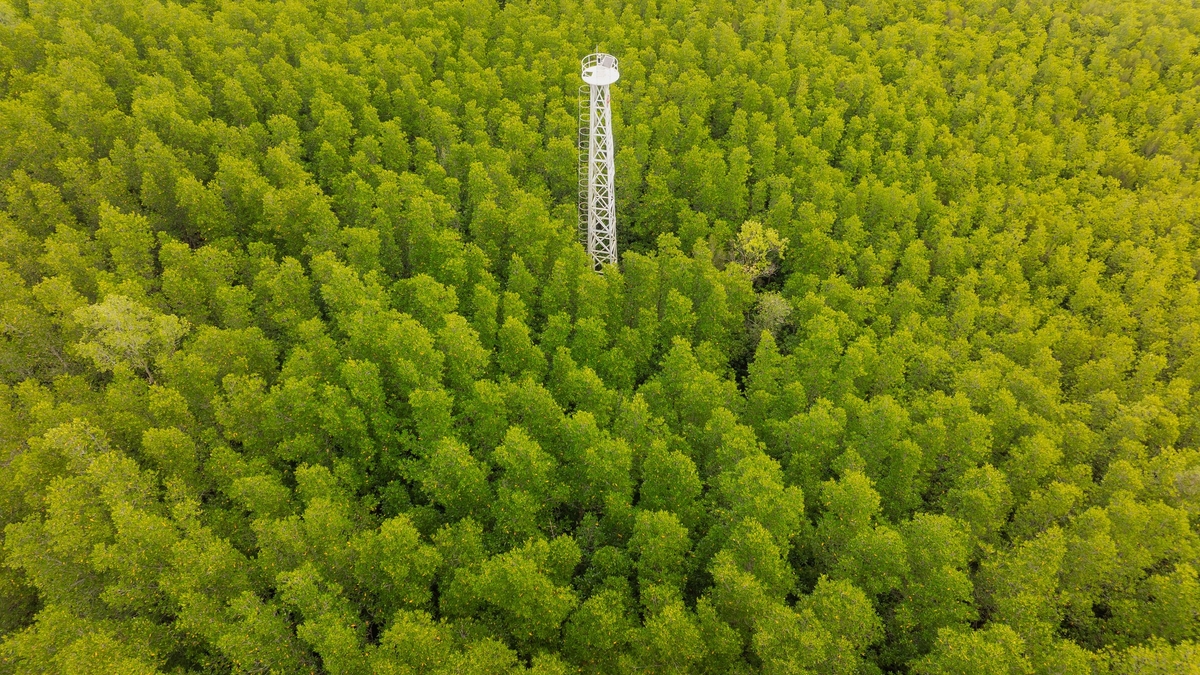

![[Photo] "Lovely" moments on the 30/4 holiday](https://vphoto.vietnam.vn/thumb/1200x675/vietnam/resource/IMAGE/2025/5/1/26d5d698f36b498287397db9e2f9d16c)
![[Photo] Binh Thuan organizes many special festivals on the occasion of April 30 and May 1](https://vphoto.vietnam.vn/thumb/1200x675/vietnam/resource/IMAGE/2025/5/1/5180af1d979642468ef6a3a9755d8d51)


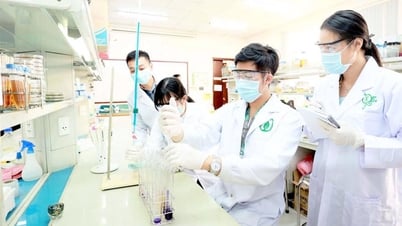



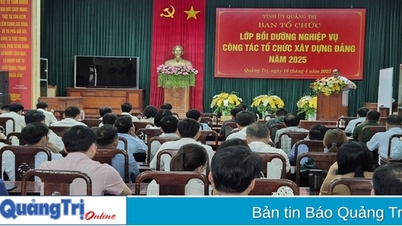

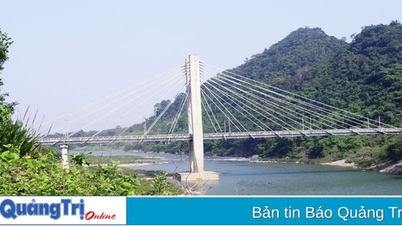
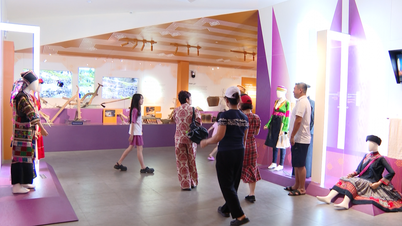
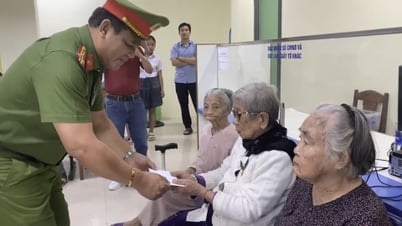

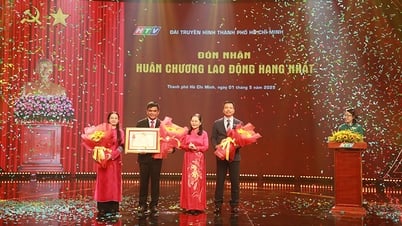


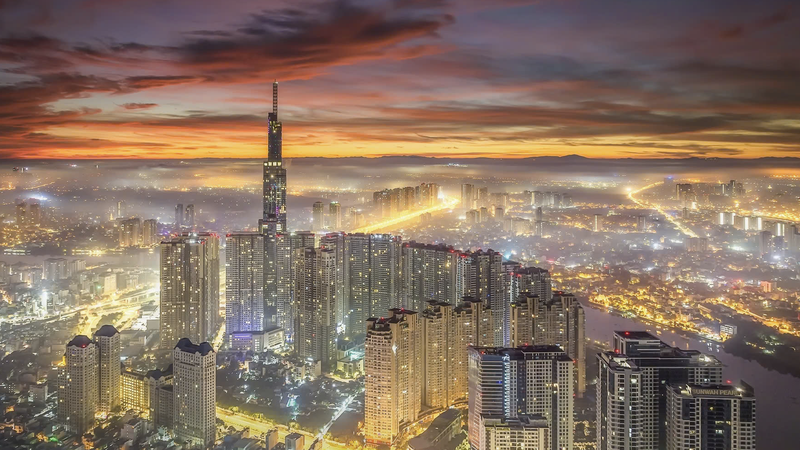




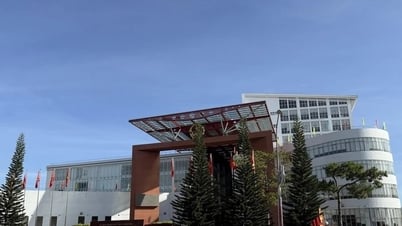
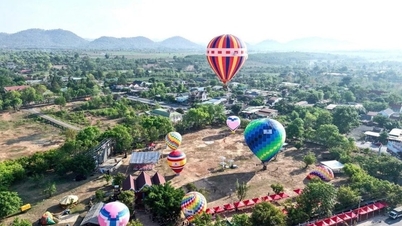
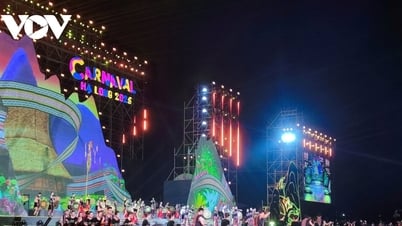
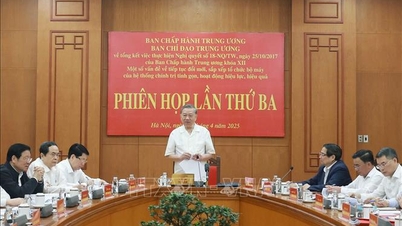


![[Photo] Ha Giang: Many key projects under construction during the holiday season](https://vphoto.vietnam.vn/thumb/1200x675/vietnam/resource/IMAGE/2025/5/1/8b8d87a9bd9b4d279bf5c1f71c030dec)


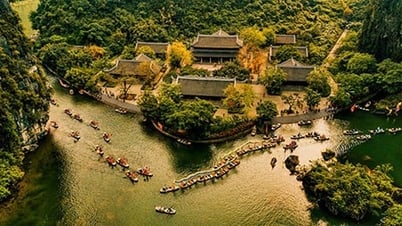

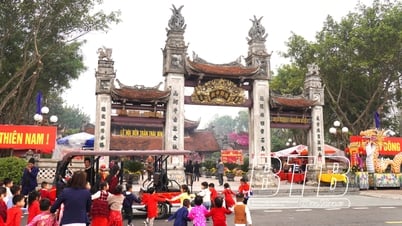















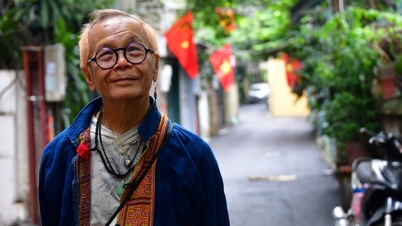











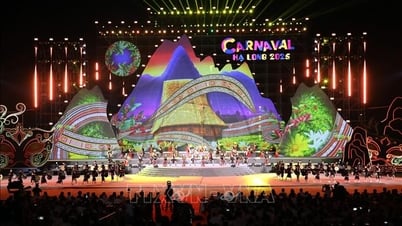



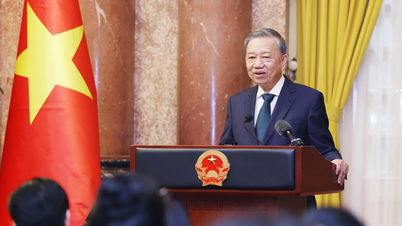
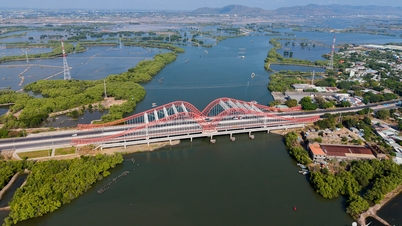

















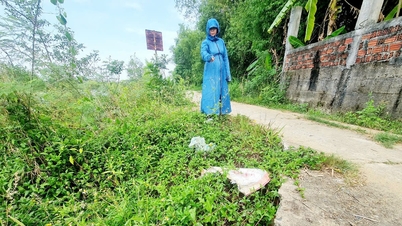

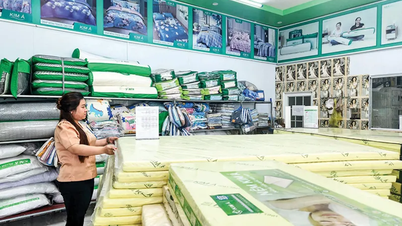

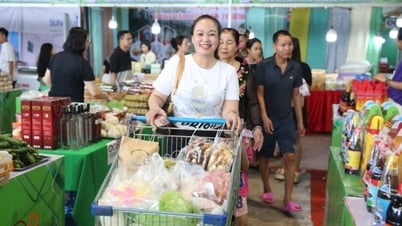

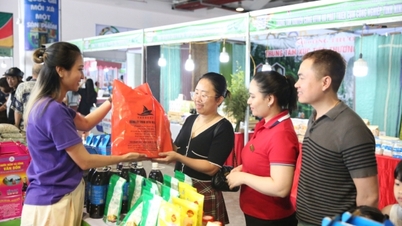



Comment (0)